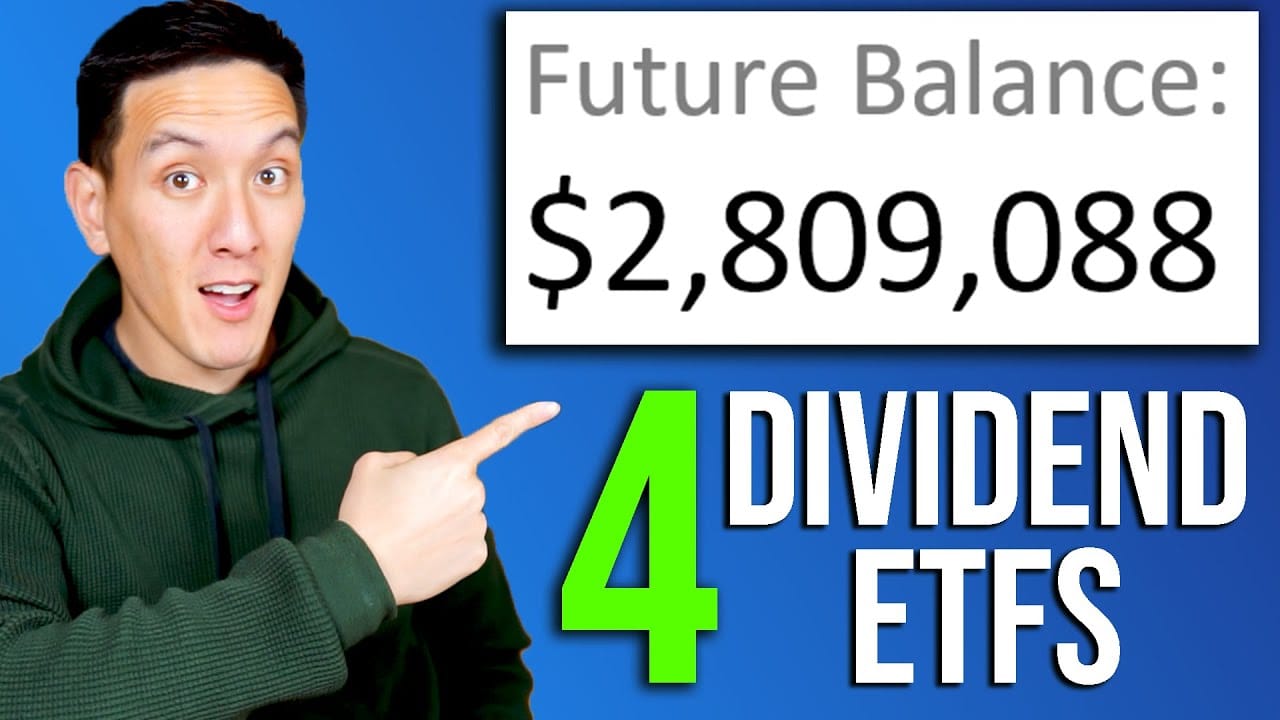Investing in the stock market can be a great way to grow your wealth over time, but it can also be unpredictable. One way to mitigate this risk and generate a steady income stream is by investing in high-yield dividend ETFs. These exchange-traded funds (ETFs) track a basket of dividend-paying stocks, providing a diversified portfolio and a regular income stream.
In this article, we will explore two high-yield dividend ETFs that can help maximize your returns: the Vanguard Dividend Appreciation ETF (VIG) and the iShares Core High Dividend ETF (HDV). We will examine their investment strategies, performance, and fees to help you make an informed decision.
**Vanguard Dividend Appreciation ETF (VIG)**
The Vanguard Dividend Appreciation ETF (VIG) is one of the most popular dividend ETFs on the market. It tracks the Nasdaq U.S. Dividend Achievers Index, which consists of stocks that have increased their dividend payouts for at least 10 consecutive years. This strategy helps to identify companies with a history of stable dividend payments and a strong potential for future growth.
VIG has a diverse portfolio of over 180 stocks, with a focus on large-cap and mid-cap companies. Its top holdings include well-known companies such as Johnson & Johnson, Procter & Gamble, and Coca-Cola. The ETF has a yield of around 2.1% and an expense ratio of 0.06%, making it a low-cost option for investors.
**iShares Core High Dividend ETF (HDV)**
The iShares Core High Dividend ETF (HDV) tracks the Morningstar Dividend Yield Focus Index, which consists of high-dividend stocks with a strong potential for future growth. The ETF focuses on large-cap and mid-cap companies with a history of stable dividend payments and a high dividend yield.
HDV has a portfolio of over 70 stocks, with a focus on sectors such as real estate, utilities, and consumer staples. Its top holdings include companies such as ExxonMobil, AT&T, and Realty Income. The ETF has a yield of around 4.1% and an expense ratio of 0.08%, making it a relatively low-cost option for investors.
**Comparison of VIG and HDV**
Both VIG and HDV are high-yield dividend ETFs with a history of stable performance. However, there are some key differences between the two ETFs.
* **Yield:** HDV has a significantly higher yield than VIG, with a yield of around 4.1% compared to VIG’s 2.1%.
* **Expense Ratio:** VIG has a lower expense ratio than HDV, with a fee of 0.06% compared to HDV’s 0.08%.
* **Portfolio:** VIG has a more diversified portfolio than HDV, with over 180 stocks compared to HDV’s 70 stocks.
* **Sector Focus:** HDV has a stronger focus on sectors such as real estate and utilities, while VIG has a more diversified sector allocation.
**Investment Strategy**
When investing in high-yield dividend ETFs, it’s essential to have a clear investment strategy. Here are a few tips to help you get started:
* **Diversification:** Spread your investments across different asset classes and sectors to minimize risk.
* **Long-term focus:** High-yield dividend ETFs are designed for long-term investors, so try to avoid making emotional decisions based on short-term market fluctuations.
* **Regular income:** Consider setting up a regular income stream from your ETF investments to help meet your living expenses.
* **Tax efficiency:** Consider the tax implications of your ETF investments and try to minimize tax liabilities.
**Conclusion**
Investing in high-yield dividend ETFs can provide a steady stream of income and help diversify your portfolio. The Vanguard Dividend Appreciation ETF (VIG) and the iShares Core High Dividend ETF (HDV) are two popular options that offer attractive yields and a history of stable performance. By understanding the investment strategies and fees of these ETFs, you can make an informed decision and start generating a steady income stream.


